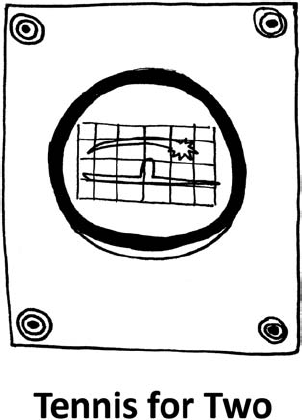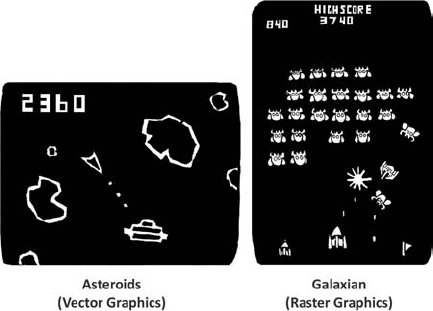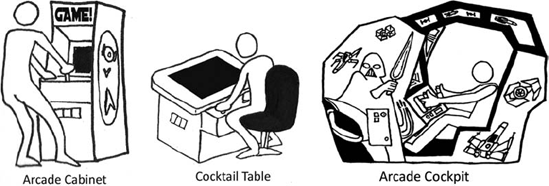Scott Rogers [Scott Rogers] - Level Up!: The Guide to Great Video Game Design
Here you can read online Scott Rogers [Scott Rogers] - Level Up!: The Guide to Great Video Game Design full text of the book (entire story) in english for free. Download pdf and epub, get meaning, cover and reviews about this ebook. year: 2010, publisher: John Wiley & Sons, genre: Business. Description of the work, (preface) as well as reviews are available. Best literature library LitArk.com created for fans of good reading and offers a wide selection of genres:
Romance novel
Science fiction
Adventure
Detective
Science
History
Home and family
Prose
Art
Politics
Computer
Non-fiction
Religion
Business
Children
Humor
Choose a favorite category and find really read worthwhile books. Enjoy immersion in the world of imagination, feel the emotions of the characters or learn something new for yourself, make an fascinating discovery.
- Book:Level Up!: The Guide to Great Video Game Design
- Author:
- Publisher:John Wiley & Sons
- Genre:
- Year:2010
- Rating:3 / 5
- Favourites:Add to favourites
- Your mark:
Level Up!: The Guide to Great Video Game Design: summary, description and annotation
We offer to read an annotation, description, summary or preface (depends on what the author of the book "Level Up!: The Guide to Great Video Game Design" wrote himself). If you haven't found the necessary information about the book — write in the comments, we will try to find it.
Want to design and build cutting edge video games? Not sure where to start? Or just want to tweak the projects youre already working on?
Then this is the book for you!
Written by leading video game expert Scott Rogers, who has designed the hits; Pac Man World, God of War, Maximo vs. Army of Zen and SpongeBob Squarepants. This book is full of Rogers whit and funky style which demonstrates everything you need to know about designing great video games.
Level Up! has been written with all levels of game designers in mind. The first chapter is aimed at readers new to game designingbut if youre not a beginner then feel free to skip the first chapter and delve straight in to the serious stuff!
It covers the entire video game creation process, allowing you to learn:
How to develop marketable ideas
What perils and pitfalls await them during a games pre-production, production and post-production stages
Creative ideas to serve as fuel for your own projects from game theme and environments to gameplay mechanics
All in all its an indispensible guide for video game designers both in the field and the classroom.
Other topics covered:
Understanding what gamers want
Compelling character design
Working with player actions
Techniques for non-human characters
Camera techniques - the camera as a character
Designing UI and HUD
Beautiful level design
What game designers can learn from theme parks
Combat, puzzles and game mechanics
Fun and UNFUN
How to make the worlds greatest Boss battle (and why not to do it)
and tons more - including the business of design, creating design documents, the pitch and more.
Scott Rogers [Scott Rogers]: author's other books
Who wrote Level Up!: The Guide to Great Video Game Design? Find out the surname, the name of the author of the book and a list of all author's works by series.

![Scott Rogers [Scott Rogers] Level Up!: The Guide to Great Video Game Design](/uploads/posts/book/119441/thumbs/scott-rogers-scott-rogers-level-up-the-guide.jpg)




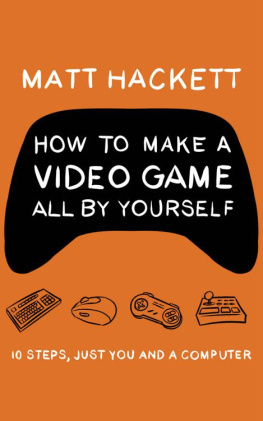


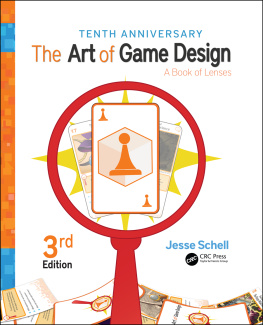

![Ethan Ham [Ethan Ham] - Tabletop Game Design for Video Game Designers](/uploads/posts/book/119417/thumbs/ethan-ham-ethan-ham-tabletop-game-design-for.jpg)


